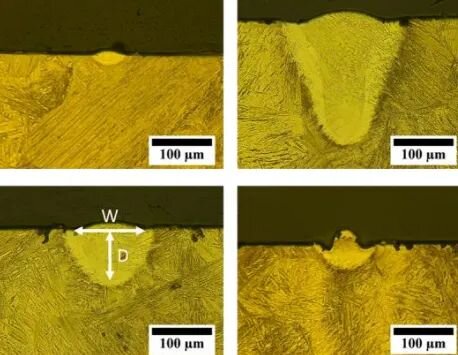
The fundamental mechanics of 3D printing provide a tradeoff when compare to injection molding and subtractive manufacturing.
Additive manufacturing, printing layer-by-layer, allows for the production of objects with sophisticated geometry that could not be produced by subtractive machining or injection molding. But material strength is compromised in additive manufacturing when compared to traditional manufacturing methods.
Additive manufacturing has come a long way in terms of replicating the material strength of hundreds of materials. Metal additive manufacturing has not been able to replicate the tensile strength of the strongest type of steel until now.
Texas A&M
The US Air Force, in concert with scientists from Texas A&M University, developed a novel way of 3D printing the strongest type of steel. The novel method involved the use of a mathematical model to optimize laser settings to drastically reduce the type of printing flaws that reduce tensile strength. In a paper titled “An ultra-high strength martensitic steel fabricated using selective laser melting additive manufacturing: Densification, microstructure, and mechanical properties”, researchers outlined an approach that made the most of a computationally efficient system known as the Eagar-Tsai model.
By calibrating the Eagar-Tsai model with single track experiments, they were able to foresee the melt pool geometry since the Eagar-Tsai model does not require a great deal of computing power compared to alternated methods that require time-consuming algorithmic and permutational methods.
Using a selective laser melting additive manufacturing system, the team printed a sample from AF9629 steel, or martensite steel. The strong steel had measurable tensile strengths of up to 1.4 gigapascals. This is the highest tensile strength of any known 3D printed steel alloy.
Read more at ENGINEERING.com
